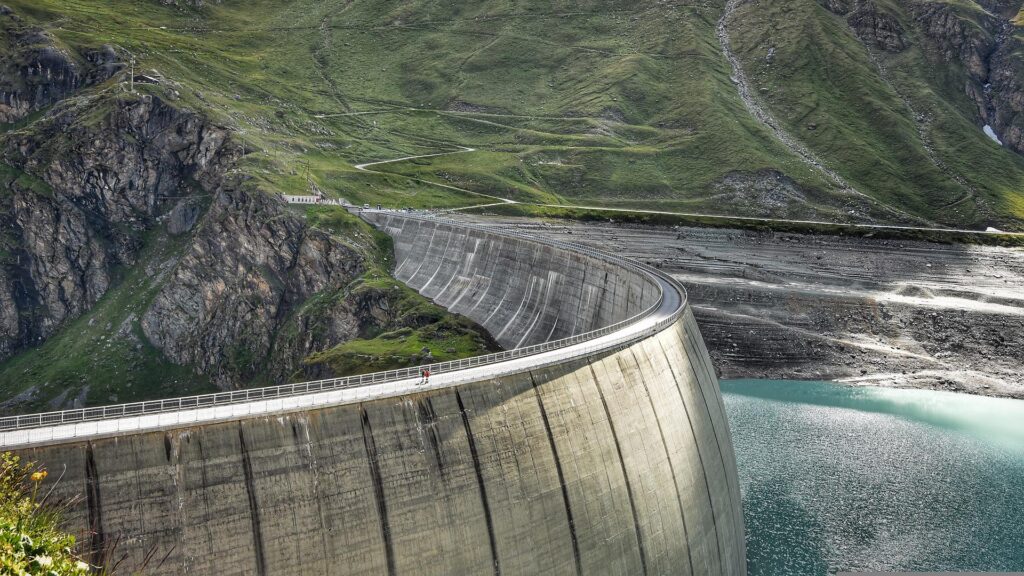More water for electricity production
In its session on Sept. 30, 2022, the Federal Council approved an additional measure to strengthen the security of electricity supply by allowing power generation to be increased for up to 150 GWh for up to seven months.

The ordinance took effect on October 1, 2022, and involves hydropower plants that meet high ecological requirements will be allowed to use more water for power generation.
In recent months, the Federal Council has introduced several measures to minimize the risk of a power shortage during the coming winter: it has approved the establishment of a hydropower reserve for the winter season, allowed the use of reserve power plants, ordered the procurement of additional gas reserves, and launched an energy-saving campaign. In addition, at its meeting on September 30, 2022, it decided that certain hydropower plants will have to have larger amounts of water available for power generation during the seven-month period from October 1, 2022 to April 30, 2023. For this purpose, residual outflows may be temporarily reduced.
Hydropower plants that were granted a new concession of use after 1992 and that, for ecological reasons, release greater residual runoff than the minimum required amounts stipulated by law, or approximately 45 of the approximately 1,500 power plants in Switzerland, will be subject to regulation. The Federal Council expects that this measure will increase power generation by no more than 150 GWh. This is roughly equivalent to the annual electricity production of a run-of-river power plant on the Aare or 30 percent of the reserve decided by the Federal Council for the coming winter in Swiss reservoirs.

Environmental repercussions
The Federal Water Protection Act (WPAA) establishes the minimum residual outflows required for hydropower plants based on hydrological parameters. According to the law, these minimum residual outflows are increased in given situations. The ordinance adopted today by the Federal Council stipulates that the residual outflows of the 45 power plants that now meet higher environmental requirements will be reduced to the minimum necessary for seven months.
Since it is limited to seven months, the Federal Council believes that the environmental impacts of reducing residual outflows are sustainable and proportionate to the economic benefit. In particular, there is a temporary restriction on fish migration, which may complicate fish population reproduction in 2023. However, only long-term implementation of the regulations would have an irreversible impact on biodiversity, water supply or water quality.
The cantons are responsible for the implementation of the ordinance, while the Swiss Federal Office of Energy (SFOE) is responsible for it with regard to border hydropower plants. The Federal Council also recommends that the cantons consider taking complementary measures within their area of responsibility to increase power generation. Among the recommended measures are the temporary increase of the reservoir level of run-of-river power plants, as long as this does not lead to additional damage, as well as the temporary authorization of optimized use of power plants beyond the concession.





